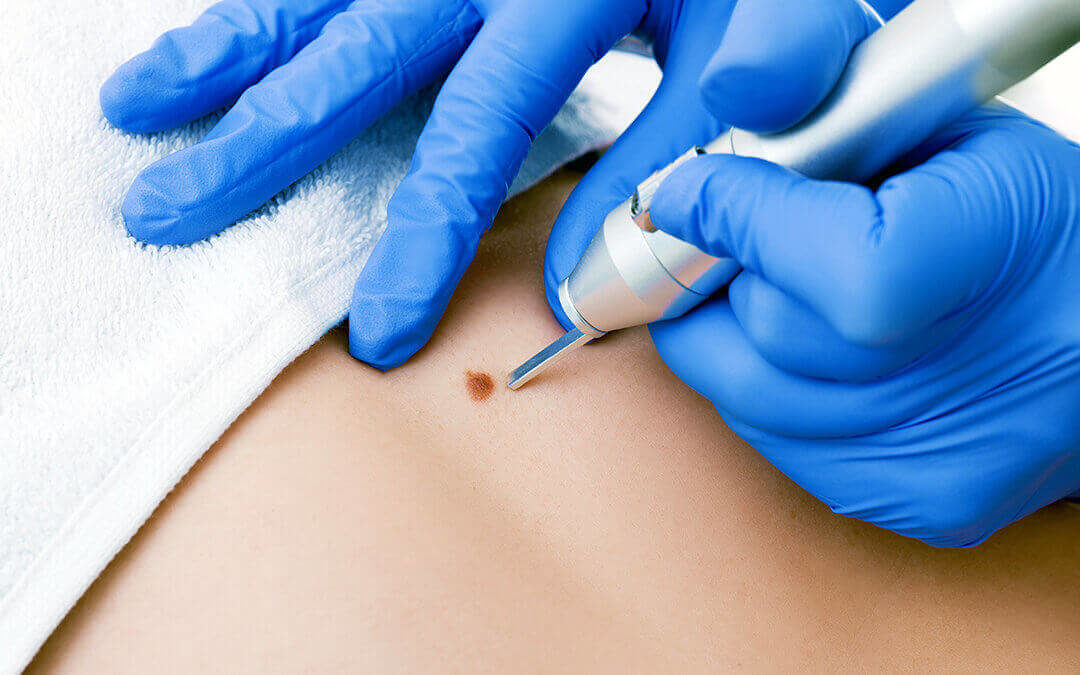
September 16, 2024
Understanding Different Types Of Moles: When To Be Concerned
Recognizing Different Kinds Of Moles: When To Be Concerned Scientists and scientists are still servicing understanding what creates irregular moles. The factor they develop is thought to be a combination of hereditary and environmental elements. If you draw a line through the middle of the sore, the two halves don't match, so it looks different from a round to oval and balanced usual mole. In the beginning glimpse, it can be difficult to see how an atypical mole varies from a normal mole. As noted over, any adjustment in a mole's shade is a good factor to arrange a doctor's visit. An exception to this regulation occurs when your hormones change.How Does A Physician Eliminate A Mole?
- Lentigines most often appear on parts of the body that obtain the most sun, including the face and hands.
- If you discover any new or altering sore on your skin, please contact our office for an assessment.
- Melanoma can create in a mole or somewhere else on the body.
- If the biopsy results appearance irregular, your dermatologist will discuss additional therapy alternatives with you.
- It is typically level, with a smooth, a little scaly, or pebbly surface area, and it has an uneven edge that might discolor right into the bordering skin.
Mole That Alters Gradually
Most of moles are benign, however some can develop into cancer malignancy, an extreme form of skin cancer. A dysplastic nevus is a type of mole that looks various from a common mole. It is usually more than 5 millimeters large (1, 3). A dysplastic nevus can have a mixture of a number of colors, from pink to dark brownish. It is normally level, with a smooth, slightly scaly, or pebbly surface area, and it has an irregular side that may fade into the surrounding skin.Worried about a mole? Here's how to tell if it could turn into skin cancer - Yahoo Lifestyle UK
Worried about a mole? Here's how to tell if it could turn into skin cancer.
Posted: Thu, 19 Jul 2018 09:53:07 GMT [source]
How do you inform if a mole is benign or malignant?
quick, show up and can hurt or bleed. & #x 201d; While certain groups may go to a greater threat for cancer malignancy, anyone can obtain the condition. If you discover a brand-new mole after age 30 or an existing mole that's altered appearance, it's important to get your skin examined to identify whether the mole is cancerous.
Social Links